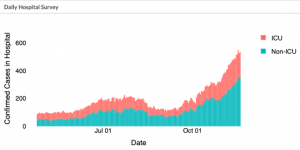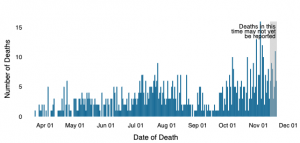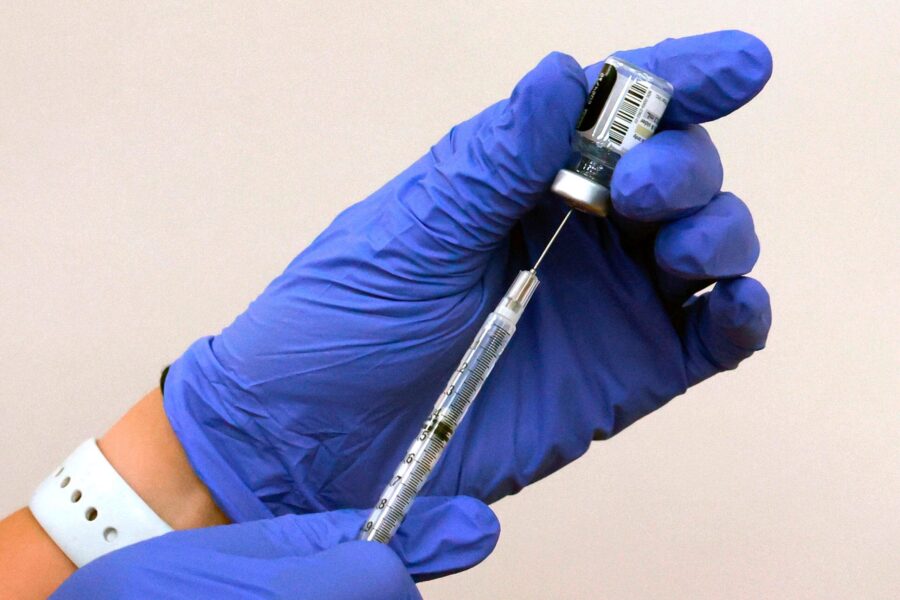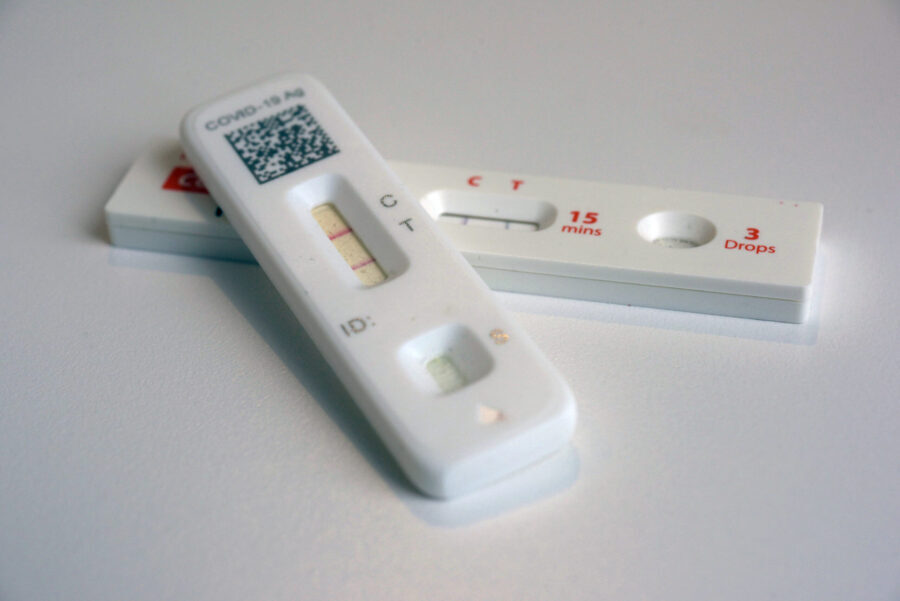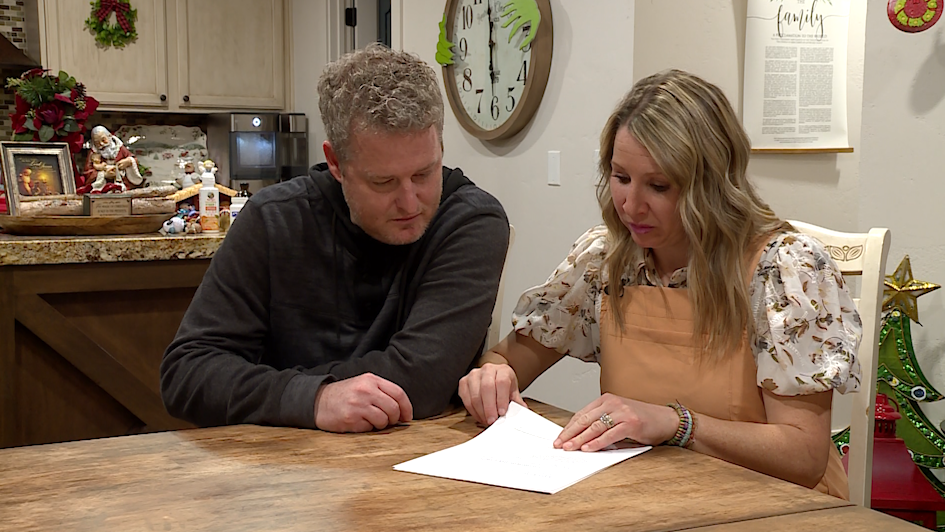Record 4,588 Utahns Test Positive For COVID; 17 More Have Died
Nov 20, 2020, 1:00 PM | Updated: Nov 21, 2020, 12:16 pm

Employees at Spectrum Solutions assembles COVID-19 saliva test kits in Draper. (Photo by George Frey/Getty Images)
(Photo by George Frey/Getty Images)
SALT LAKE CITY, Utah – Seventeen more Utahns have died as a direct result of COVID-19, according to health officials.
On Friday, the state reported 4,588 more residents have tested positive for the virus, which is a new record for positive cases reported in a single day. However, the rolling seven-day average is staying relatively steady, hovering just below 24%.
Currently, 533 people with COVID-19 are hospitalized.
Testing
The Utah Department of Health reported that a total of 1,315,034 residents have been tested for COVID-19 so far, which is an increase of 18,378 people tested from yesterday.
Of those, a total of 170,584 have tested positive for the virus. That’s an increase of 4,588 cases from Thursday.
The rolling seven-day average for positive tests is 3,331 per day, and the rolling seven-day average for percent of positive laboratory tests is 23.6%.
Hospitalizations
Currently, 533 people with COVID-19 are being treated in Utah hospitals, and 182 of those are in intensive care units.
The state’s ICUs are currently 89.3% full. The state’s threshold for quality care is 85% occupancy, which means Utah is “functionally out of staffed ICU beds, indicating an overwhelmed hospital system,” according to UDOH.
The 16 referral center ICUs are 93.8% full. Referral Centers are the hospitals in Utah with the capability to provide the best care for patients with COVID-19. Because most patients are transferred to these facilities, their utilization is the best reflection of the true hospital capacity in Utah when looking at ICU beds.
Deaths
Authorities reported 17 more Utahns have lost their lives as a result of COVID-19. To date, 773 of the state’s residents have died because of the virus.
On Friday, the following Utahn’s deaths were reported:
- Male, between 45-64, Utah County resident, not hospitalized at time of death
- Male, older than 85, Davis County resident, not hospitalized at time of death
- Male, older than 85, Weber County resident, long-term care facility resident
- Male, older than 85, Washington County resident, not hospitalized at time of death
- Male, older than 85, Utah County resident, not hospitalized at time of death
- Female, between 65-84, Salt Lake County resident, hospitalized at time of death
- Male, between 65-84, Utah County resident, hospitalized at time of death
- Female, between 45-64, Washington County resident, hospitalized at time of death
- Male, between 65-84, Salt Lake County resident, hospitalized at time of death
- Male, between 65-84, Salt Lake County resident, hospitalized at time of death
- Male, older than 85, Salt Lake County resident, hospitalized at time of death
- Male, older than 85, San Juan County resident, hospitalized at time of death
- Female, between 25-44, Salt Lake County resident, hospitalized at time of death
- Male, between 45-64, Utah County resident, hospitalized at time of death
- Male, between 45-64, Salt Lake County resident, hospitalized at time of death
- Female, between 65-84, Utah County resident, hospitalized at time of death
- Male, between 65-84, Utah County resident, hospitalized at time of death
For more information, visit coronavirus.utah.gov.
Coronavirus Resources
Have you or a family member been affected by coronavirus issues in Utah? KSL wants to hear from you. Contact KSL by emailing social@ksl.com.
What is COVID-19? Here’s What You Need To Know To Stay Healthy: ksltv.com/432037/what-is-covid-19/
Latest coronavirus stories from KSL can be found at ksltv.com/coronavirus/.
Where in the world has the coronavirus already appeared? See the map: ksltv.com/?p=432035
Your Life Your Health: How can parents prepare their home, children against coronavirus: ksltv.com/?p=432060
How do I prevent it?
The CDC has some simple recommendations, most of which are the same for preventing other respiratory illnesses or the flu:
- Avoid close contact with people who may be sick
- Avoid touching your face
- Stay home when you are sick
- Cover your cough or sneeze with a tissue and then throw the tissue in the trash
- Wash your hands often with soap and water for at least 20 seconds, especially after going to the bathroom, before eating, and after blowing your nose, coughing or sneezing. Always wash your hands with soap and water if your hands are visibly dirty.
- If soap and water is not readily available, use an alcohol-based hand sanitizer with at least 60% alcohol.
The CDC does not recommend wearing a respirator face mask to protect yourself from coronavirus unless a healthcare professional recommends it.


